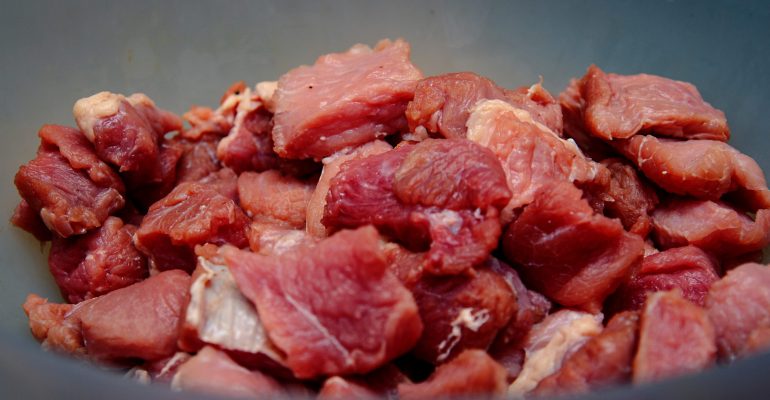Listen to this article on the Sky Alpha Breakfast Show
If something looks like meat, smells like meat, and tastes like meat – then it must be meat! However, soon this may not be the case. Scientists have been investigating ways to produce meat without the need to kill animals and they are starting to see some success. It is hoped that in future lab-grown meat will be affordable and widely available.
Why is lab grown meat needed?
Beef consumption in Africa is predicted to increase by 200% by 2050. Similar increases are predicted around the world. The cattle industry aims to meet this demand with increases in production. However, due to the environmental impact of raising cattle some people are questioning if these goals should be met.
The livestock (animals raised for their meat and dairy) supply chain is responsible for 14.5% of all human CO2 emissions per year. Of all livestock, cows have the worst impact on the environment as they emit methane when they burp and fart. Methane and CO2 are gases that contribute to global warming.
If the cattle industry meets its goals it could massively contribute to climate change. This is why people are turning to lab-grown meat in hope.
How can meat be grown?
The process of growing meat begins with obtaining stem cells. Stem cells are a type of cell that can become any other cell if exposed to the correct chemicals (called growth factors) and environmental conditions. These cells can be taken from embryonic tissues. Embryonic tissues are cells taken from unborn cattle. Stem cells can also be made from other types of cells (such as skin cells) taken from cattle non-invasively.
Stem cells are exposed to a special mixture called a growth medium. The growth medium contains the environmental signals and growth factors required for them to become muscle cells. The meat we eat is typically a combination of muscle and fat cells.
However, just this process alone will result in an undefined meat mush! To make lab-grown meat look more like the meat we eat currently, scientists grow cells on a scaffold of biological material. The complexity of doing this varies with the type of food being produced. Meat products that are already highly processed, such as hamburgers, are much easier to mimic than steaks.
A fully animal-free meat production scheme is even more difficult as many of the growth factors used in culturing come from a by-product of the cattle industry.
Does it taste as good as real meat?
The first public taste test of lab-grown meat took place in 2013 of a hamburger grown entirely in a lab. And the feedback was … okay. The burger lacked the juiciness expected and was very dense. It also cost $375,000 to produce a single burger!
Advances have been made in improving the taste and lowering the cost of lab-grown meat. However, scientists are a far way off from producing the perfect steak. Mass production is another major hurdle that must be overcome before lab-grown steaks hit supermarket shelves.

